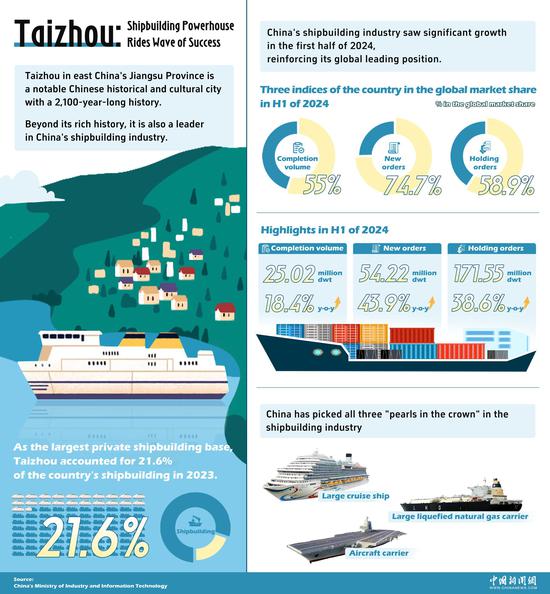A group of about 30 university teachers and students from Taiwan concluded their trip on the Chinese mainland on Wednesday, exploring the ancient Chinese examination system to learn about Chinese history and the cultural connection between the two sides.
The eight-day activity led them to the Beijing-Tianjin-Hebei region, following the route taken by Chiu Feng-chia, a Taiwan talent who achieved the high score in the examination during the Qing Dynasty (1644-1911).
Yuan Haipeng, an official from the Beijing Federation of Taiwan Compatriots that organized the trip, said it was hoped that the students could gain an understanding of the profound traditional culture and witness the developmental achievements of the mainland.
On Friday, the group visited the Dingzhou Examination Hall in Hebei province, the site where examinations were held in ancient times. At the venue, they dressed in ancient scholarly robes and, under the supervision of examiners, experienced the process of scholars rushing to take the exam in times gone by.
Chang Li-hsin said that using a brush during the simulated exam made him feel special, as if he had traveled back in time, and he even achieved good results in the simulation.
Having graduated from high school in Taiwan, Chang is waiting for university enrollment.
"I wish to continue the streak of good luck here and get into a good university," he said.
Chang Shih-yuen, an environmental engineering researcher from Taiwan, said he was impressed by the impactful measures taken by the Qing Dynasty to encourage Taiwan students to participate in the exams, including sending ships to bring them over.
Wu Kun-tsai, a history professor at Chiayi University in Taiwan, said the examination system was important for Taiwan, as it helped the island further integrate into the Chinese cultural sphere, connected Taiwan and the mainland, and fostered its social development.
Wu said that material about the ancient examination system is almost nonexistent in Taiwan's history curriculum due to the Democratic Progressive Party authorities' promotion of de-sinicization to cut ties with the mainland.
"This experience has provided a great inspiration for my students," he said. "They can follow in the footsteps of their ancestors and shine brightly on the mainland."
The activity held three sessions, with over 70 participants from 10 universities in Taiwan. Sixty percent were visiting the mainland for the first time.
Wang Hou-chieh, a business owner from Taiwan who took part in a cross-Strait exchange activity in Jiangsu province, said he was impressed that so many young people from Taiwan, especially many first-time visitors, came to the mainland this summer.
One reason that so many young people from Taiwan are willing to travel to the mainland is because social media platforms like Xiaohongshu or Douyin provide more ways to get to know the mainland, he said.
Yang Chien-ying, an art major from Tsing Hua University in Taiwan, often uses Xiaohongshu to learn about the mainland and said she looks forward to visiting more places.
She is a Mazu devotee, a popular belief in Fujian province and Taiwan. During her visit to Tianjin in July, she discovered a Mazu temple there, which made her feel the cultural connection between the two sides of the Taiwan Strait.
"It's my first time on the mainland, and I didn't realize how vast and culturally rich it is," she said. "It's truly spectacular."

















































 京公网安备 11010202009201号
京公网安备 11010202009201号